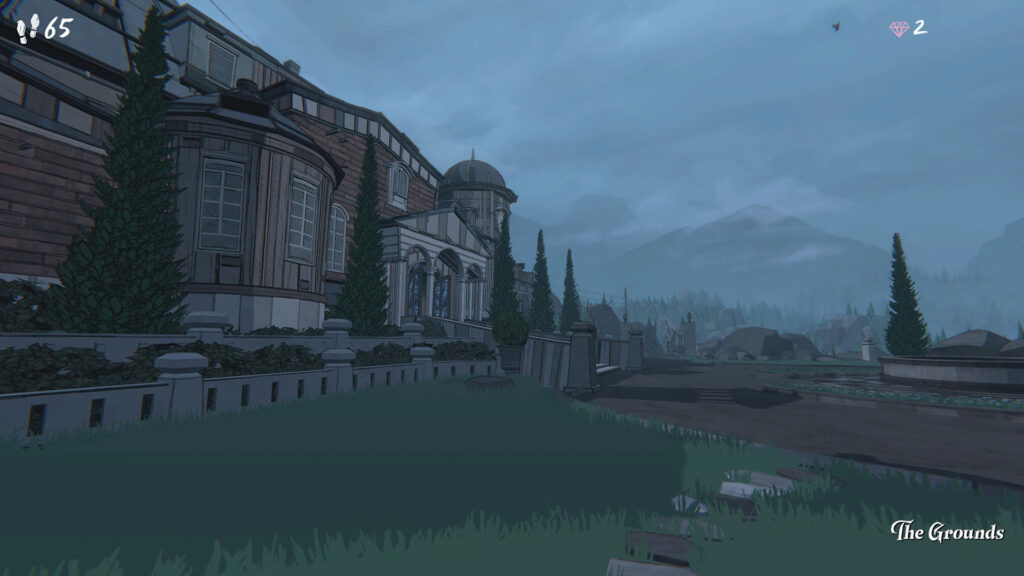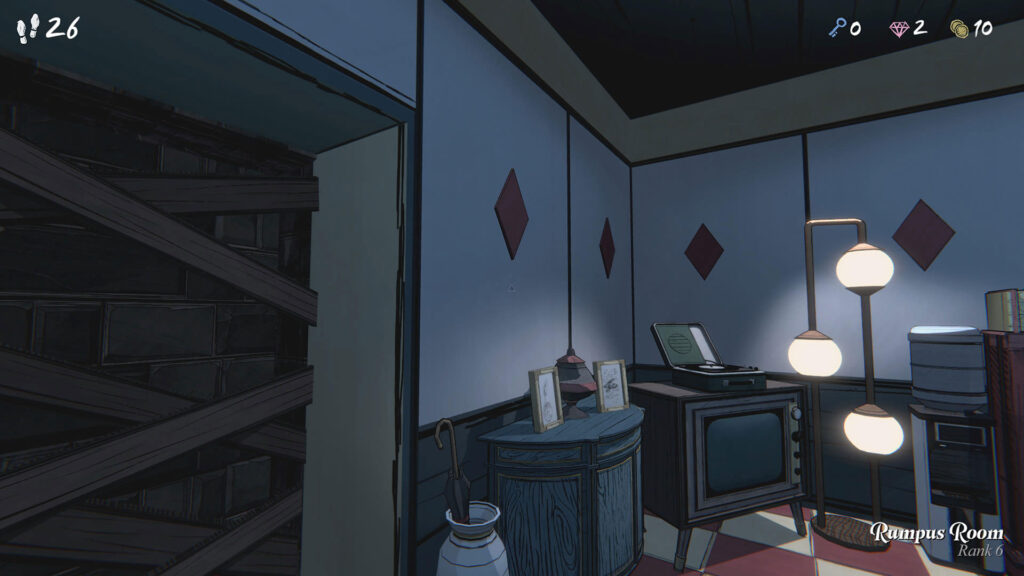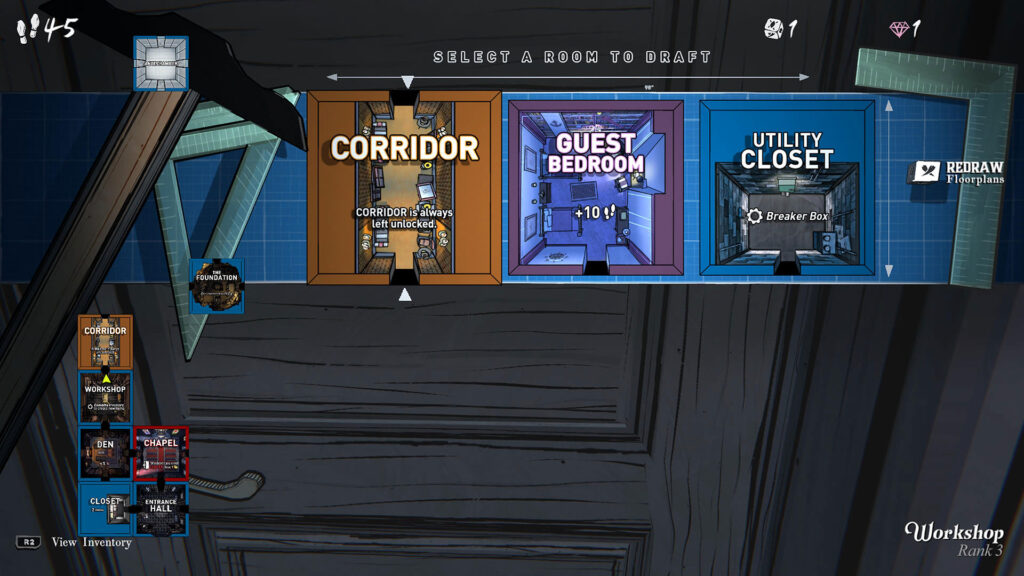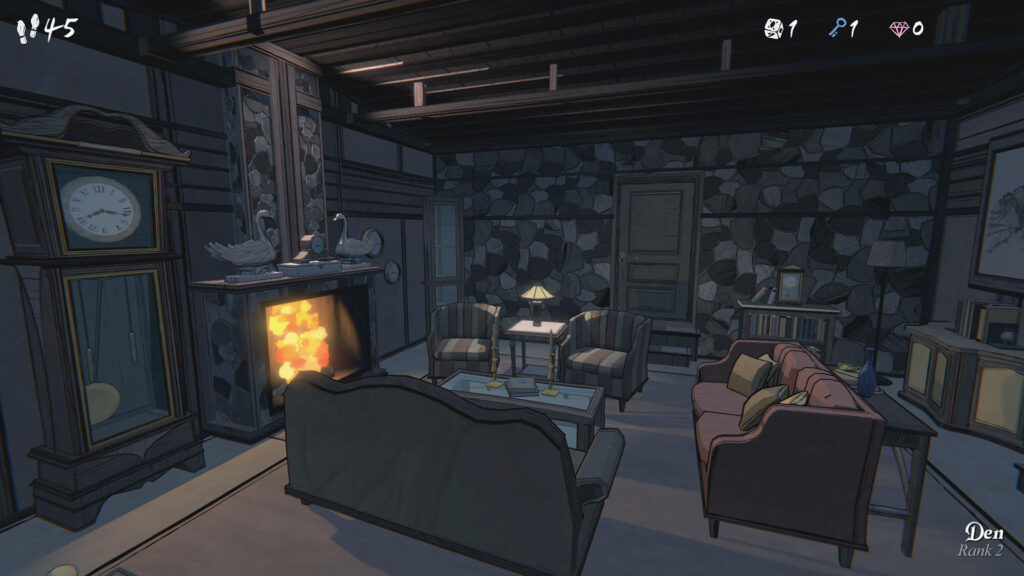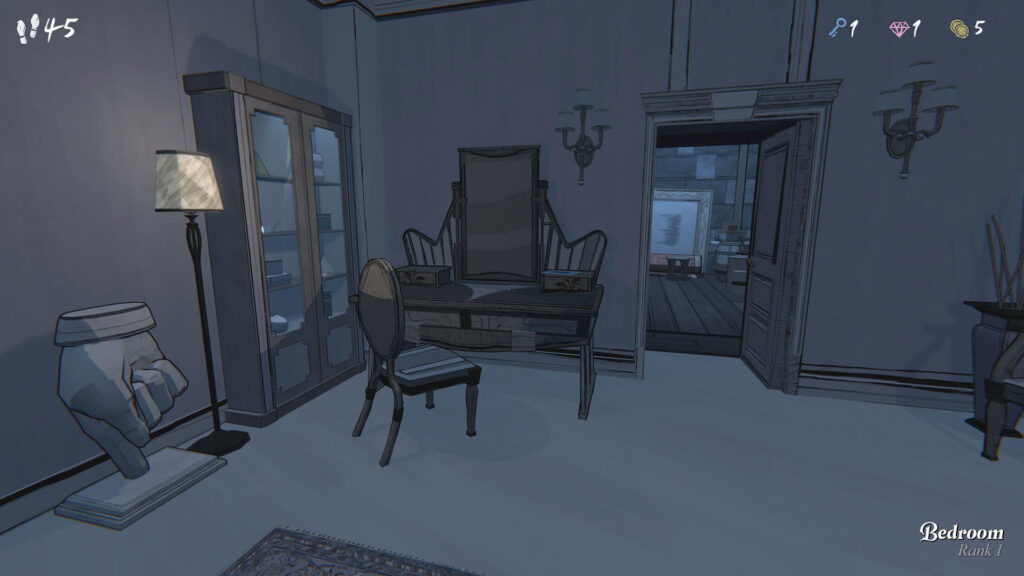Quick Verdict
I absolutely love games that stand out through their design. Games that don’t rely on star-studded voice casts, photorealistic visuals, or rehashed formulas like yet another God of War clone. It’s also nice to enjoy what some call “walking simulators” once in a while, or games that don’t follow the popular soulslike model with perfect parries, dodges, or precision platforming. Every now and then, a game comes along that makes us rethink what a game actually is. Blue Prince is that standout title for 2025, but it should definitely come with a “not for everyone” disclaimer.
For many—myself included—Blue Prince is nothing short of brilliant. It’s beautifully designed, with a refreshing disregard for many modern gaming conventions. There’s no elaborate combat or complex mechanics; instead, players explore a mansion, draft rooms, and solve puzzles at their own pace. They’re free to go slow, fast, or play however feels right. It’s genuinely one of the best games I’ve ever played, but I can fully understand why someone might find it absolutely boring.
A Roguelike Revelation
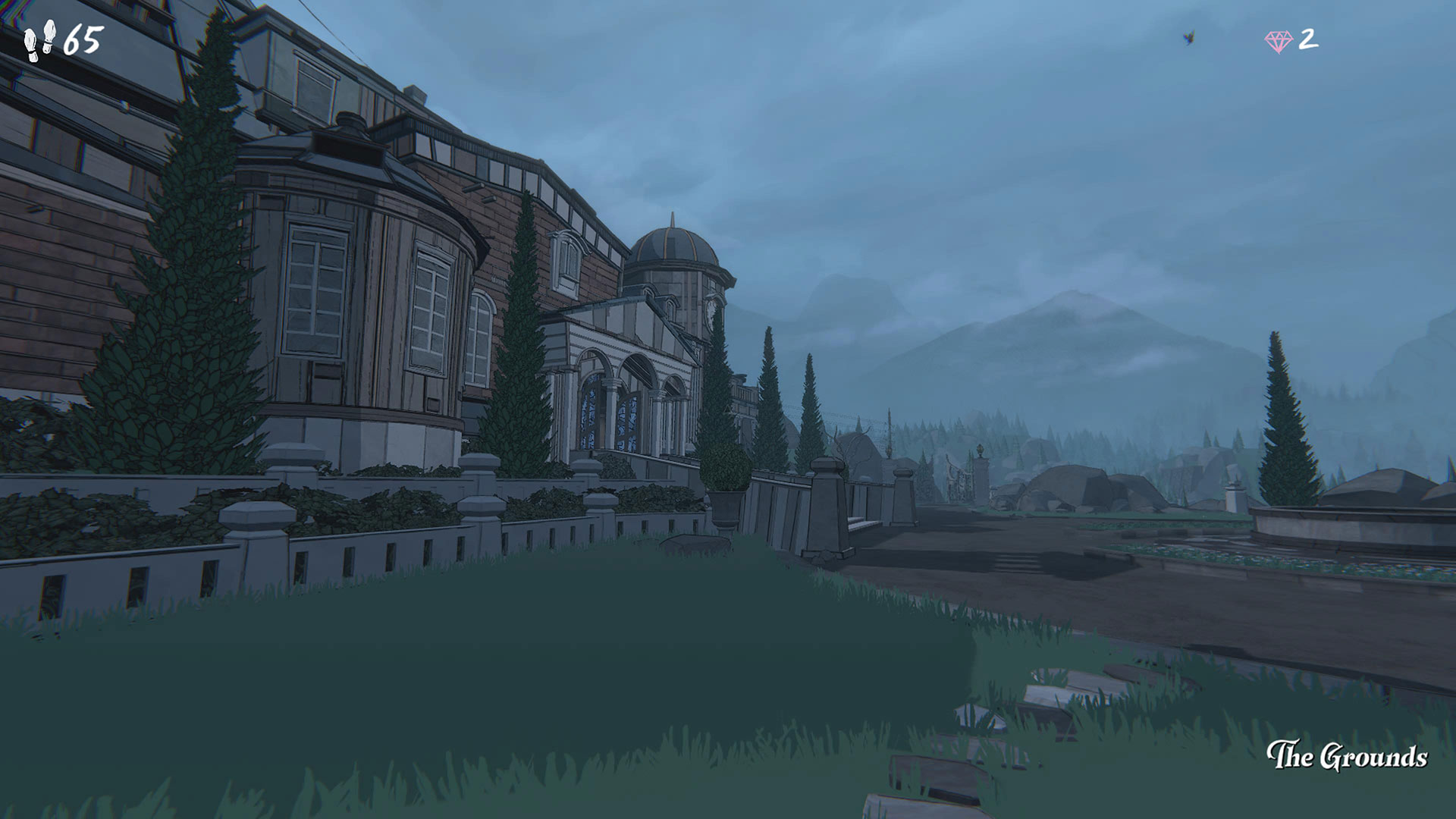
No matter how you describe Blue Prince, chances are, words won’t do the game any justice. The premise just isn’t terribly exciting and at its core, the gameplay is reminiscent of something like Gone Home. Players step into the shoes of Simon, a young man who inherits the mysterious Mt. Holly estate from his great uncle. However, this inheritance comes with a challenge: discovering the elusive 46th room. The character of Simon doesn’t really matter, as he has no personality throughout the game and merely stands as a placeholder for the player themselves. However, there’s an intriguing family narrative that can play a bigger role if players choose to delve deeper. It’s actually one major reason for Blue Prince’s appeal—the subtle storytelling and narrative intrigue that is told through notes, letters, books, and other clues scattered throughout the house.
Before we dive deeper into the game’s overall narrative and how progression works, I’m going to do my best to explain the core gameplay loop of Blue Prince without spoiling the game itself. The reason being, I believe a big part of the game’s appeal is slowly uncovering the mysteries of Mt. Holly yourself, and realizing how Blue Prince’s design is a lot more complex than what it initially may seem. There are dozens of layers to peel back with each subsequent run and I can see myself losing hundreds of hours to this game.
Overall, the gameplay is rather basic. The manor is laid out on a five by nine (5×9) grid, with Simon starting each of his days at the bottom middle of the grid. Initially, the game’s goal is to find the 46th room, but as you can imagine, Blue Prince won’t explain how to go about doing that. The only hint players get is the “Antechamber” at the very top middle of the map, serving as a north star for the player. Essentially, as players open a door to go into another room, they have to choose from one of three rooms to draft. There’s no way to back out of the selection once it’s initiated, so you are forced to place a room even if you don’t like any of the three options. Progression through the manor is largely determined by the rooms you draft, which means some runs can end in disaster. At any time, players can end their day to start a new run. Initially, nothing carries over, but like any other modern roguelike game, there’s some meta progression for permanent unlocks.
Riddle Me This

While that describes the very basics behind Blue Prince, things get more interesting and complex when trying to understand how each room can impact the run. Rooms can have a different number of exit doors, meaning some rooms are dead ends, while others will allow connections to the north, east, west, south, or any combination of the four. Rooms are also part of categories differentiated by color, which can share effects. Once you grasp the basic fundamentals of the game, you’ll come up with your own drafting strategy to fill out the manor and there’s really no right or wrong way to play the game. Blue Prince will offer some advice and tips, but ultimately you don’t have to follow those suggestions.
The decision-making process becomes even more complex with three types of currencies: keys, gems, and coins. Each have their own role in progression, especially as you get further north in the manor towards the Antechamber. As you draft through the lower ranks of the map, most connected doors will be unlocked. But higher ranks introduce locked doors, which means you’ll need a key before you can choose the connecting room. There’s also security to deal with, that can actually modify your strategy within the manor. Gems are needed to select certain rooms, while coins are used to purchase tools, food, or other resources like gems. Eventually, you’ll know which rooms are best for collecting certain resources, sometimes leading you to draft rooms that create dead ends as you prioritize keys, gems, or coins.
Another major mechanic to understand is the number of footsteps Simon has. Moving from room to room uses a single step, while traversing outside the manor will also drain them at a rate we couldn’t quite figure out. This is important, because once Simon runs out of footsteps, the day and run are over. Footsteps can be replenished by eating food, which is randomly scattered throughout the manor or can be bought in specific rooms. Naturally, this limitation influences your room-drafting strategy. To avoid wasting footsteps backtracking, you’ll sometimes choose rooms strategically placed as intersections, connecting multiple areas.
Simon Says: Try Again
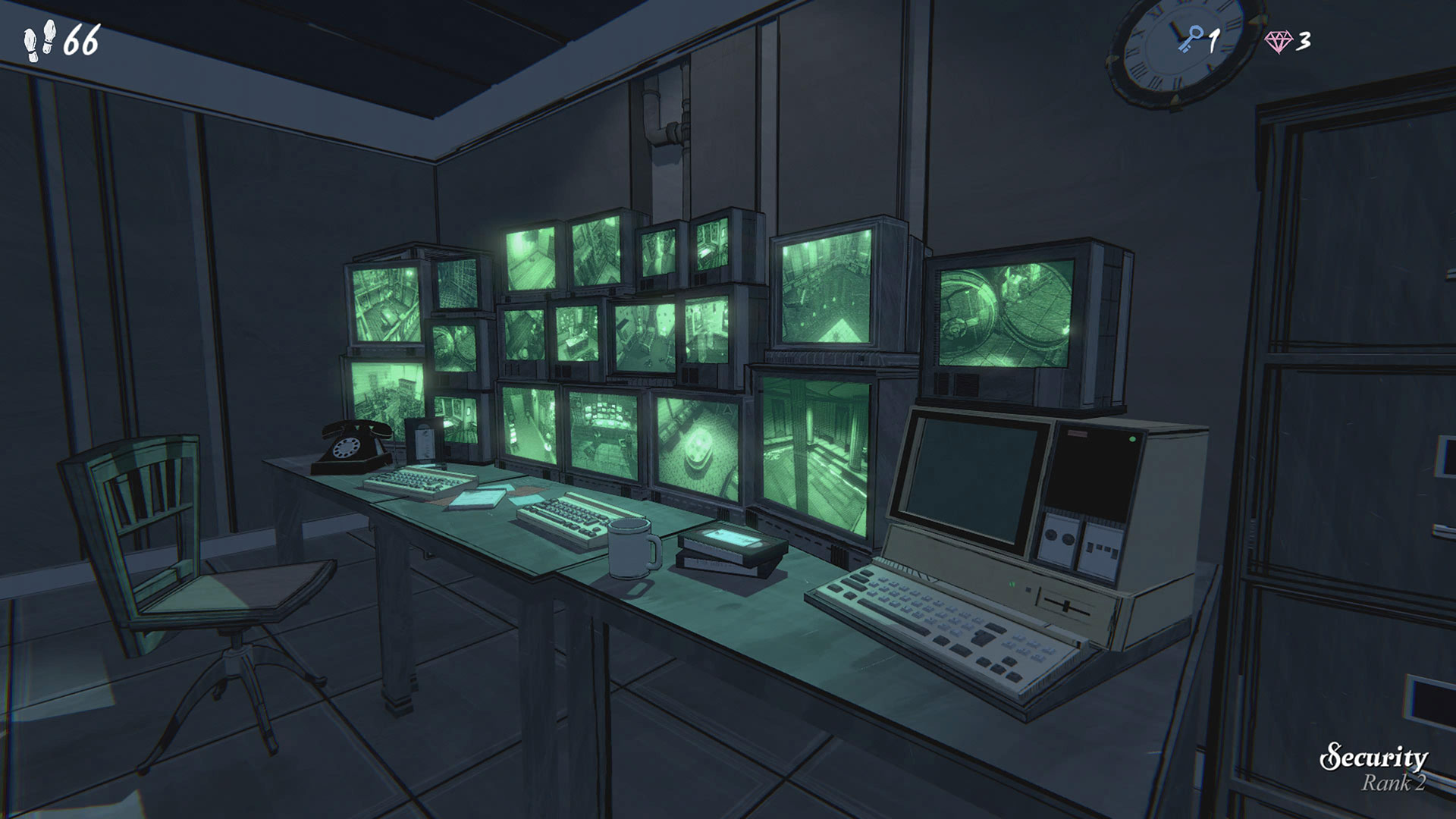
Room variety really enhances the experience, especially as you unlock more and more of them as you progress. Some rooms feature specific puzzles that must be solved in order to get the reward, and those puzzles get progressively more difficult each time. But really, those aren’t the only rooms that have puzzles in them, as there are mysteries throughout the entire manor, nearly in every room. There are so many things to discover, to the point that you’ll forget about the actual main objective of finding the 46th room. It also doesn’t help that it’s not easy to tell exactly what mysteries contribute to the main objective, and what are part of the game’s narrative. It’s this nuanced puzzle design that makes Blue Prince such a standout title. There’s a broad spectrum of challenges, ranging from mathematical to logical puzzles, as well as environmental riddles and wordplay. The fun really picks up when you realize how some of these puzzles weave clues from different rooms.
What’s interesting though, is how Blue Prince handles all of the discovery and puzzle complexity without overwhelming the player. The game is very light on tutorials but does just enough to guide players toward discovering objectives on their own. There’s a very gradual introduction to mechanics, clues, and items, and even when you think you understand it all, something will be introduced that has you questioning your entire strategy and approach to the game. Like other great titles within this segment, such as Return of the Obra Dinn, The Outer Wilds, and The Witness, Blue Prince gives you a rewarding sense of genuine progression, rather than feeling like a repetitive grind.
The most important thing to understand about Blue Prince is that you’re always discovering something, even if it seems absolutely irrelevant. It’s one of those very few games that actually manages to reward a player’s curiosity with something other than shinier loot with bigger numbers. While the inherent nature of any game that features RNG can be frustrating when you’re not drawing what you need, Blue Prince is probably the least frustrating of them all because of how the game is designed. Even if you fail to reach room 46 on a run, you’ll still be unlocking and uncovering secrets and mysteries along the way. Once you do roll credits… well, we won’t spoil anything. But based on what we’ve seen so far, there are dozens—possibly even hundreds—of hours of content that follow.
Slay the Architect
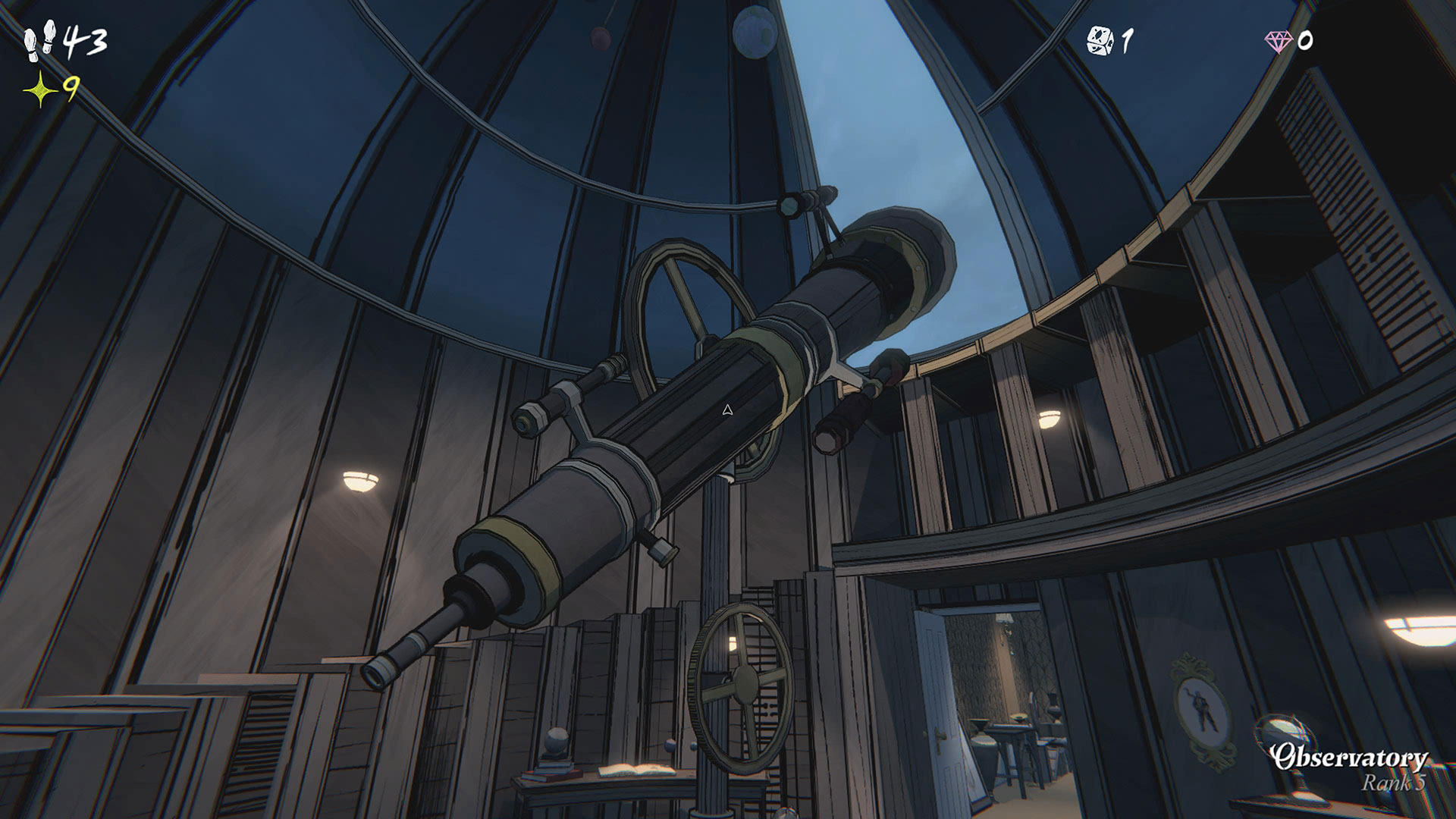
What made Blue Prince such an interesting experience is that we turned it into a bit of a co-op game. Three of us played the game individually, but shared what was happening on Discord, collaborating on puzzle solving and figuring out what rooms did what. It was eye-opening to see just how different our playthroughs were. One of us managed to roll credits on day 26 at 22 hours played, while I didn’t finish until day 45 but also at around 22 hours played. The third player hasn’t even unlocked one of the basic requirements for finishing the game and is on day 18. It was a great deal of fun trying to navigate through our unique adventures, helping one another figure out all the clues and mysteries without turning to the internet.
It’s the first game in years, if not decades, where we found ourselves creating a document and filling it up with screenshots and notes of everything we found in the game. It is unquestionably the most we’ve documented in a single-player game ever, and there are still many more mysteries to solve. Perhaps the highest praise I can give Blue Prince is that it inevitably introduces players to an entirely new genre they never knew existed. As we played through the game separately but together, I mentioned titles like The Outer Wilds and Return of the Obra Dinn, games neither of my cohorts has played but are now considering.
The biggest reason Blue Prince is receiving praise from critics is that it genuinely feels fresh in a gaming industry that’s grown stagnant, with major titles repeatedly cutting cookies from the same dough. Make no mistake, Blue Prince is more than likely this year’s Balatro and will be mentioned hundreds of times during the awards season. It’s another reason why the indie development community is thriving, as AAA titles are losing their creativity with massive budgets and following checklists of standard fare features. Unfortunately, many players might overlook Blue Prince initially because it lacks traditional hooks like guns, action, or loot.
Puzzlingly Perfect
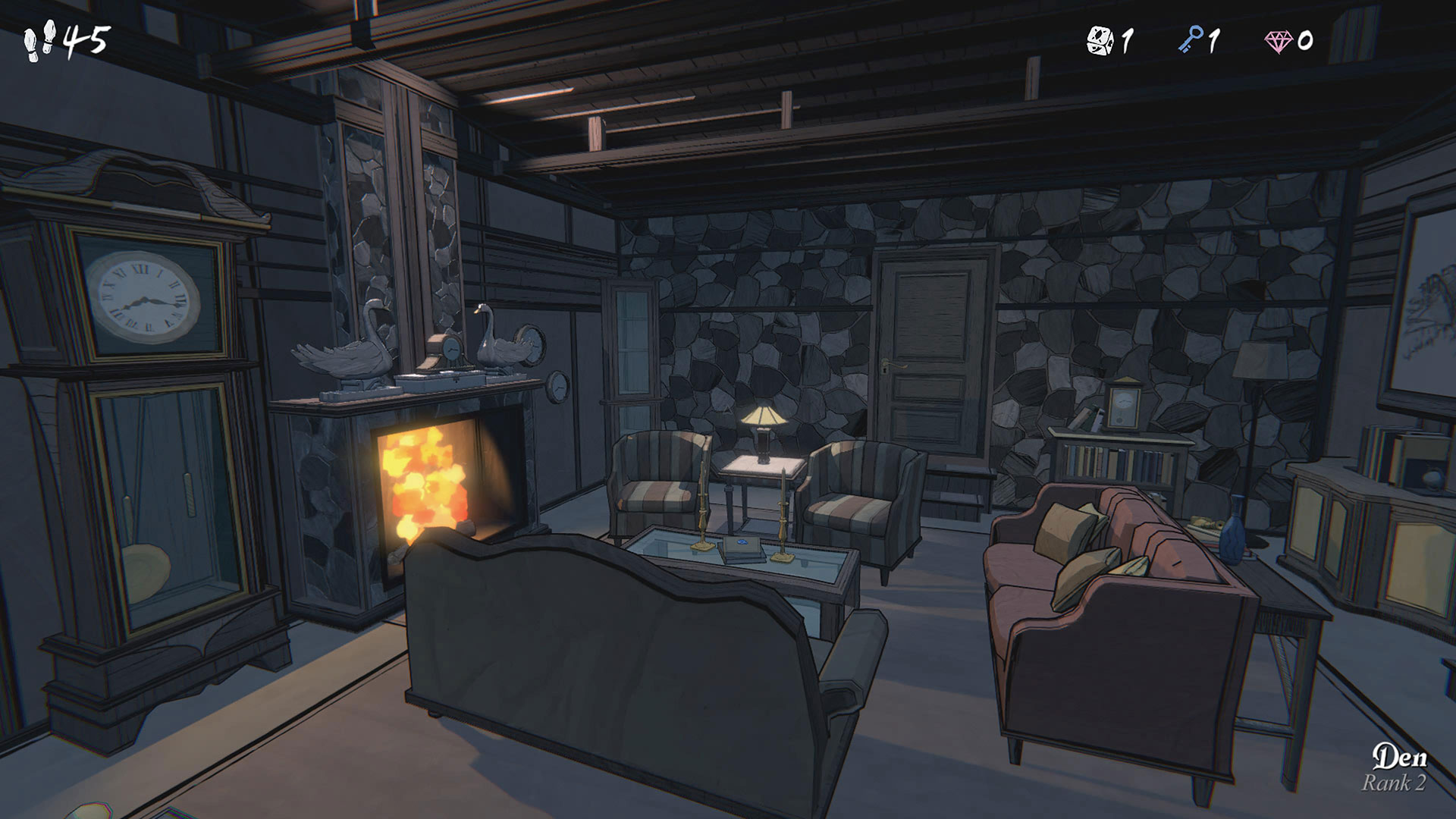
When I first played Slay the Spire in 2017, I jokingly said every game should have a “pick one of three” mechanic. Sure, Slay the Spire wasn’t the first game to ever do this, but it’s arguably the first modern game to do it properly. Hades made it even more popular, while Vampire Survivors basically ensured every other game would find a way to incorporate it into their design. Hell, even God of War Ragnarök’s Valhalla DLC added choices to introduce build-as-you-go gameplay. The point is, this mechanic is no longer novel and it’s not the reason why Blue Prince is such an excellent game. It stands out because of how it uses this mechanic to cleverly drive the unique design of the game.
Admittedly, Blue Prince wasn’t initially on my radar. The first time I heard of it was when I was covering the Game Pass April 2025 wave 1 lineup and even then, looking at the screenshots and reading through the game’s description didn’t have me interested at all. Like many of you, I took notice once the game started getting praise from the critics and reviewing so well—it’s currently the top rated game on Metacritic for 2025. The thing is, I don’t believe Blue Prince is for everyone. It’s a rare game where you can appreciate its design and originality, but it won’t be universally loved because the gameplay can be considered boring for many. And that’s fair, despite the fact that I had no issues sitting there and playing it for 12 hours straight.
Considering the game is available on both Game Pass and PlayStation Plus, millions of gamers are able to check it out without spending any extra money. But considering it still barely has over 1,500 user reviews on Steam at the time of writing, Blue Prince could very well be a niche game despite its universal praise. It’s worth mentioning that I encountered frame rate issues on the PlayStation 5 Pro, although this doesn’t significantly impact a game like this. I did also encounter one really unfortunate crash, which happened on a run that had me on the path to finishing the game. Unfortunately, the game doesn’t auto-save in the middle of a run, so I had to start that day over. Normally, that would be enough for me to shelve a game for a period of time, but all I did was shrug it off and start another run. Blue Prince is that rare game where you know you’re trying to achieve something, but it doesn’t have any urgency on how quickly it is you achieve it. That’s because you’re enjoying every minute of the journey, and you’re actually hoping you’ll never reach your destination.
Blue Prince releases on April 10, 2025 for PlayStation 5, Xbox Series X|S, and PC. This review is based on a copy of the game provided as part of the PlayStation Plus Game Catalog on PlayStation 5 Pro. While FullCleared does have affiliate partnerships, they do not influence our editorial content. We may, however, earn commissions for products purchased via affiliate links.



